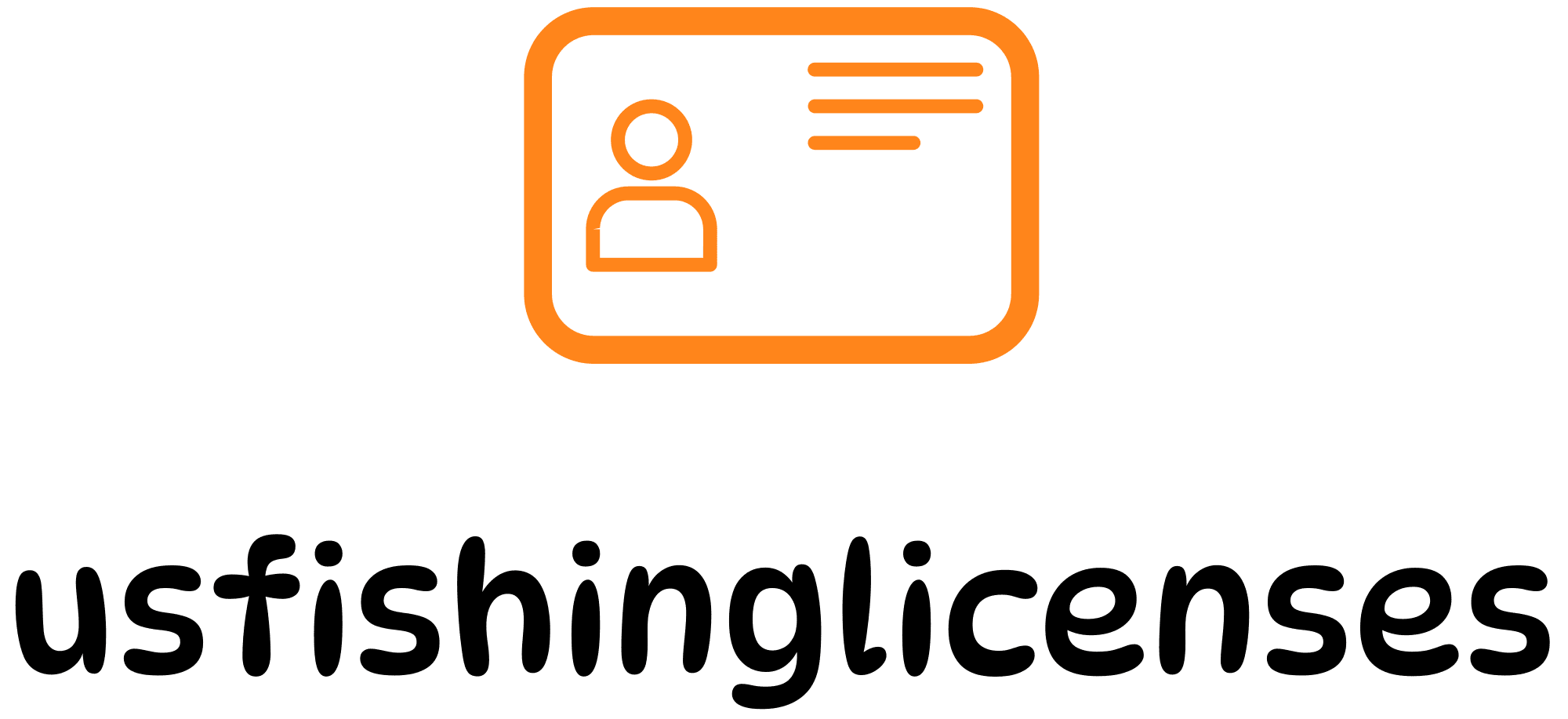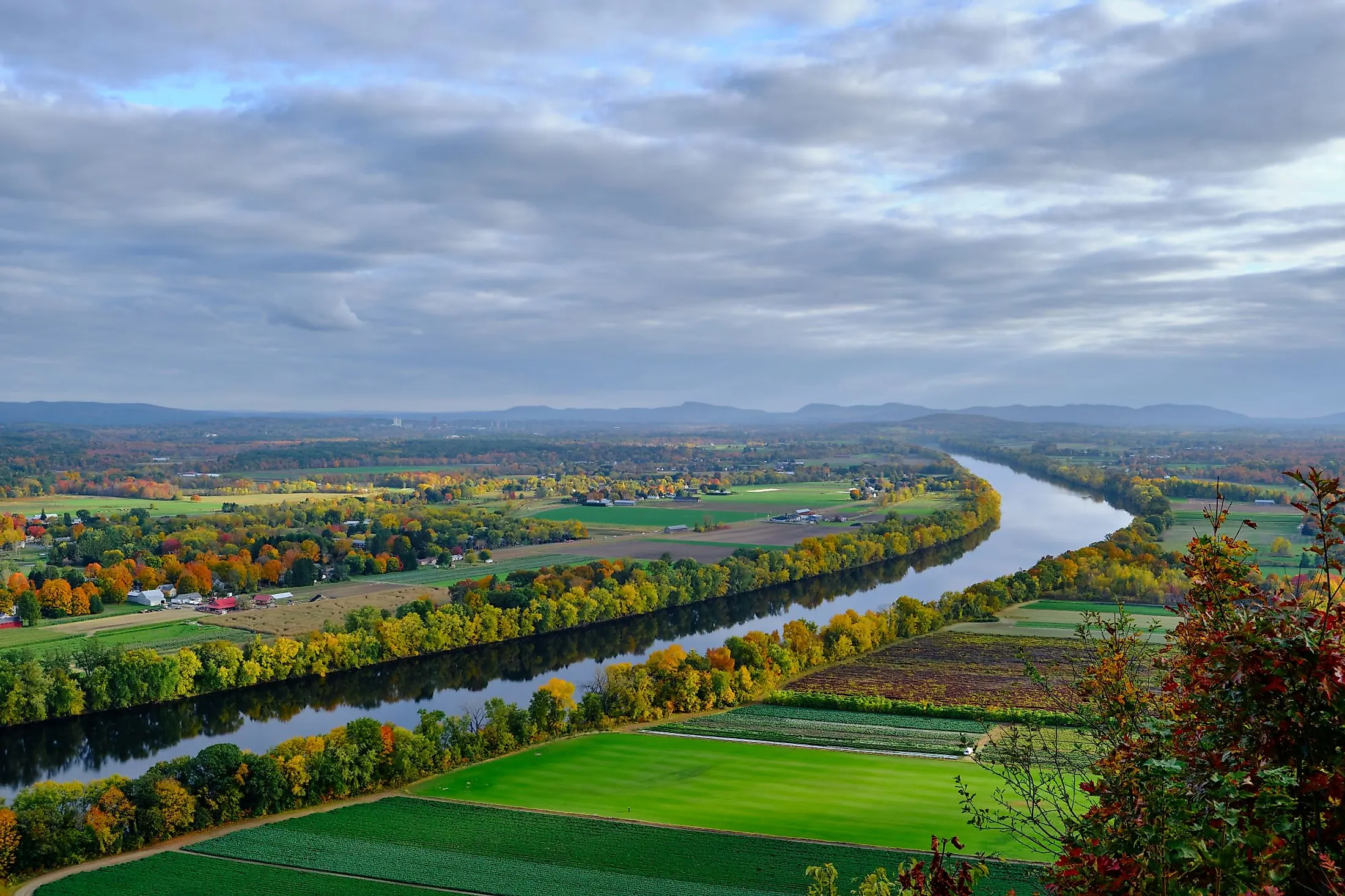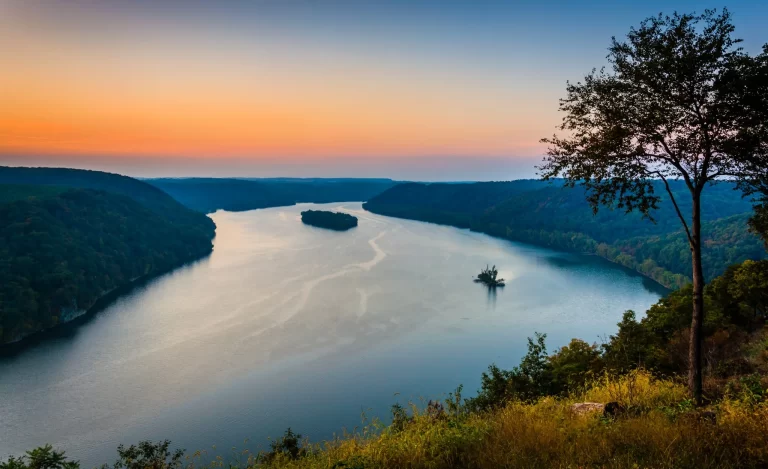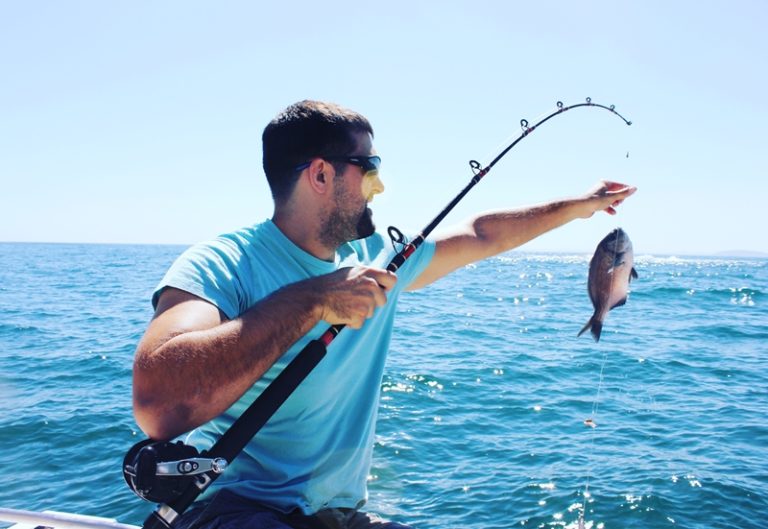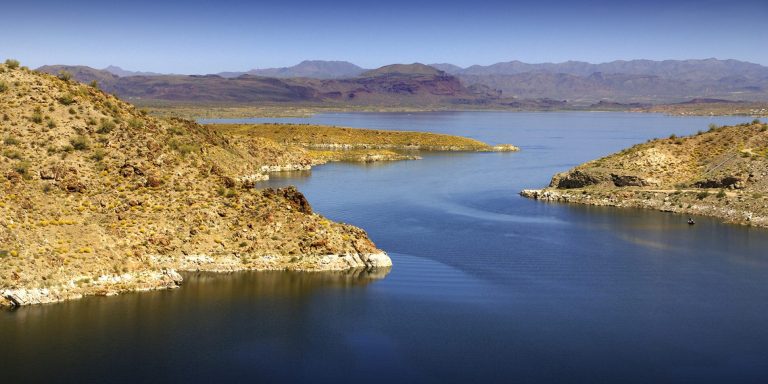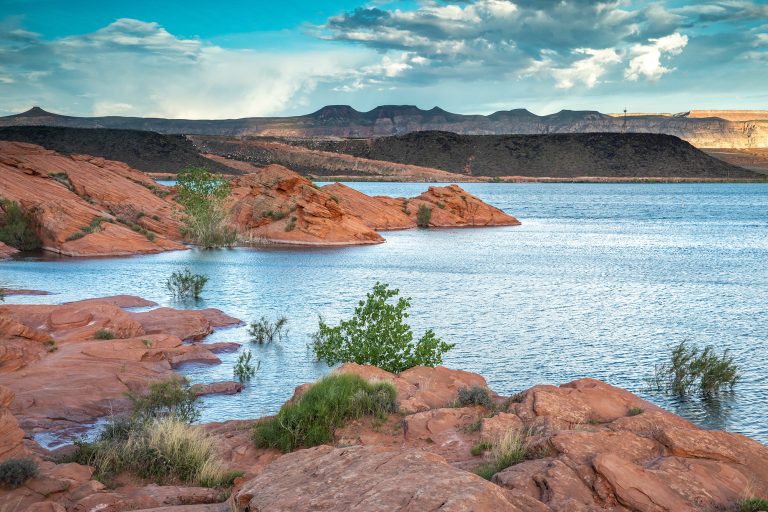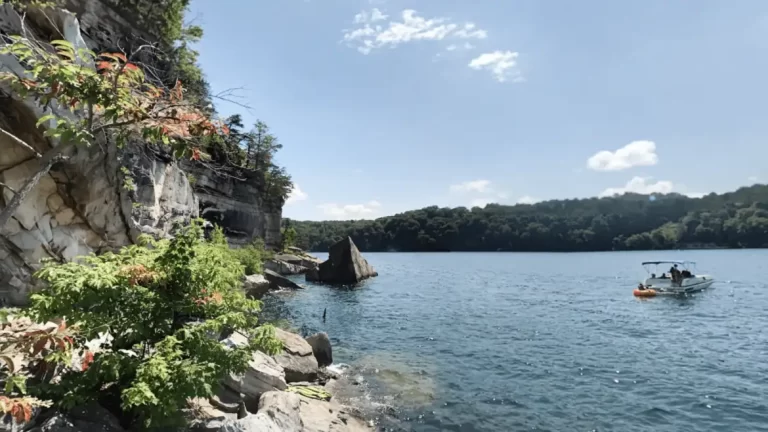Massachusetts’ 3,000+ freshwater bodies and 1,500-mile coastline position it as a top-tier U.S. fishing destination in 2025. With lake trout exceeding 20 lbs in the Quabbin Reservoir, striped bass runs revitalized by conservation efforts, and new digital licensing systems streamlining access, the Bay State offers unparalleled opportunities for anglers. This guide synthesizes 2025-specific updates from the Massachusetts Division of Fisheries and Wildlife and Marine Fisheries, ensuring compliance with regulations while maximizing your catch.
2025 Fishing License Updates: What You Need to Know
Who Needs a License?
- Freshwater: Mandatory for ages 15+ (residents and non-residents).
- Saltwater: Required for ages 16+ (Massachusetts Recreational Saltwater Permit).
Key Changes for 2025:
- Digital Permits: Legible smartphone copies now accepted statewide.
- Conservation Funding: 30% of license fees support trout-stocking programs in the Connecticut River and oyster reef restoration in Cape Cod Bay.
- Free Licenses: Residents aged 70+ qualify for free freshwater licenses (previously 65+).
2025 License Fees:
| License Type | Resident Fee | Non-Resident Fee | Validity |
|---|---|---|---|
| Annual Freshwater | $27.50 | $37.50 | 1/1–12/31/2025 |
| 1-Day Freshwater | $5 | $5 | 24 hours |
| Annual Saltwater | $10 | $10 | 1/1–12/31/2025 |
| Quabbin Special Permit | $5 | $5 | 1/1–12/31/2025 |
Purchase licenses online via MassFishHunt or at authorized retailers like Dick’s Sporting Goods.
Top 5 Freshwater Fishing Destinations in 2025
1. Quabbin Reservoir: The Trophy Lake Trout Haven

Location: Belchertown, MA 01007 | Size: 25,000 acres | Max Depth: 150 ft
2025 Updates:
- Shore Access Expansion: New fishing piers at Gate 43 (GPS: 42.3171° N, 72.3478° W) funded by 2025 license fees (Mass.gov).
- Lead-Free Mandate: Tungsten or bismuth sinkers required for all tackle under 1 oz to protect wildlife.
Species Profile:
| Species | Best Season | Bag Limit | Size Limit | 2025 Stocking Stats |
|---|---|---|---|---|
| Lake Trout | May–Sep | 2/day | 18″ min | 15,000 fingerlings (Apr ’25) |
| Landlocked Salmon | Apr–Jun | 2/day | 15″ min | 8,000 stocked (May ’25) |
| Smallmouth Bass | Jun–Sep | 5/day | 12″ min | Natural reproduction only |
Pro Tip: Use a Humminbird Helix 7 with side imaging to locate submerged rock piles holding lakers.
2. Wachusett Reservoir: Fly Fishing Paradise

Location: West Boylston, MA 01583 | Size: 4,100 acres | Max Depth: 120 ft
2025 Changes:
- Catch-and-Release Expansion: All brown trout over 20″ in Stillwater Basin must be released (MA Fisheries).
- Kayak Ban: Motorless craft prohibited due to invasive species risks; shore/wade fishing only.
Seasonal Tactics:
- Spring (Apr–Jun): Drift size #16 Adams Dry Flies near Clinton Dam spillways.
- Summer (Jul–Sep): Slow-roll ChatterBaits along weed edges for largemouth bass.
Facilities:
- Parking: Free at Rt. 70 lot (5 AM–9 PM).
- Bait Restrictions: Live shiners banned; artificial lures only.
3. Connecticut River: Biodiversity Hotspot

Location: Barton Cove to Holyoke Dam | Prime GPS: 42.5937° N, 72.4270° W
2025 Focus:
- Shad Restoration: Fish ladder upgrades at Turners Falls Dam boost American shad runs by 30% (USFWS Report).
- Zebra Mussel Control: Mandatory gear decontamination at Holyoke checkpoints.
Target Species:
| Species | Best Month | Tactics | 2025 Bag Limits |
|---|---|---|---|
| Northern Pike | May–Oct | Troll large swimbaits | 1/day (30″ min) |
| Channel Catfish | Jun–Aug | Night fishing with chicken liver | 10/day (no size limit) |
| Walleye | Apr–Jun | Jigging Rapalas in deep eddies | 3/day (18″ min) |
Pro Tip: Use Garmin Livescope to pinpoint walleye in 25–35 ft channels.
4. Lake Chaubunagungamaug (Webster Lake): Family-Friendly Panfish Hub
Location: Webster, MA 01570 | Size: 1,300 acres | Avg Depth: 15 ft
2025 Improvements:
- ADA Fishing Piers: Two wheelchair-accessible docks funded by state grants.
- Youth Derby: Annual June event with $5,000 in prizes for ages 6–16 (Registration).
Species & Tactics:
| Species | Best Bait | Prime Time | 2025 Limits |
|---|---|---|---|
| Yellow Perch | Live minnows | Dawn/Dusk | 25/day (8″ min) |
| Bluegill | Waxworms under bobbers | Midday (May–Sep) | 50/day (no size) |
| Chain Pickerel | Johnson Silver Minnow | Early Spring/Ice | 5/day (15″ min) |
Pro Tip: Rent a pontoon boat from Webster Lake Marina ($150/day, includes fishfinder).
5. Deerfield River: Trout Angler’s Dream
Location: Berkshire County | Stretch: Fife Brook Dam to Zoar Gap
2025 Updates:
- Flow Rate Alerts: Real-time dam release schedules via USGS Water Data.
- Wild Trout Protection: Catch-and-release only for brook trout in Upper Deerfield (Apr–Sep).
Fly Fishing Gear Guide:
| Fly Type | Size | Best Conditions | Retailer (Linked) |
|---|---|---|---|
| Elk Hair Caddis | #14 | Summer hatches (10 AM–2 PM) | Trout Unlimited MA |
| Zebra Midge | #18 | Winter/early spring | Orvis Deerfield |
| Woolly Bugger | #8 | High water (post-rain) | Local Fly Shop |
Pro Tip: Hire guide Mike’s Trout Tactics (Website) for $350/half-day wade trips.
Top 5 Saltwater Fishing Destinations in 2025
1. Cape Cod Canal: The Striper Superhighway

Location: Bourne to Sandwich, MA | Tidal Range: 6–8 ft | Prime Season: May–November
2025 Updates:
- Night Fishing Enhancements: New LED-lit walkways at Buzzards Bay Entrance (Mass.gov).
- Conservation Zones: Mandatory catch-and-release for striped bass in spawning areas (April 15–June 15) per MA Marine Fisheries.
Target Species & Tactics:
| Species | Best Tide | Recommended Gear | Bait/Lures |
|---|---|---|---|
| Striped Bass | Incoming | 10-ft surf rod, 30-lb braid | Live eels, SP Minnow (bone) |
| Bluefish | Outgoing | 7-ft medium-heavy spinning combo | Diamond jigs, topwater poppers |
| Winter Flounder | Slack | Light tackle with hi-lo rigs | Clam strips, squid |
Pro Tip: Book a charter with Tightlines Saltwater Fishing (Website) for guided access to trophy stripers.
2. Martha’s Vineyard: Offshore Trophy Grounds
Location: South Shore, MA | Key Spots: Wasque Point, Menemsha Bight
2025 Regulations:
- Bluefin Tuna Permits: Federal HMS permit required; 1-fish daily limit (54–73″) (NOAA Fisheries).
- Eco-Hook Mandate: Non-offset circle hooks required for tuna to reduce bycatch.
Gear Recommendations:
- Reels: 2025 aluminum fly reels (1:3 gear ratio) optimized for bluefin.
- Line: 80-lb braided spectra with fluorocarbon leaders.
Charter Services:
- MV Offshore Adventures (Website): Specializes in live-baiting bonito and false albacore.
3. Plum Island: Surfcasting Mecca
Location: Newburyport, MA | Hotspots: North Point Jetty, Sandy Beach
2025 Access Changes:
- Vehicle Permits: $25/day for oversand vehicles (Purchase Here).
- Protected Zones: Harbor seal buffers marked with buoys; 150-ft distance required.
Seasonal Tactics:
- Spring: Wade-fish for schoolie stripers with soft-plastic paddle tails.
- Fall: Cast SP Minnows at dawn for 40″+ cow stripers.
Local Resources:
- Surfcasters Unlimited (Website): Sells 2025-approved lead-free rigs.
4. Boston Harbor Islands: Urban Fishing Gem

Location: Accessible by Ferry | Prime Spots: Georges Island, Spectacle Island
2025 Innovations:
- Artificial Reefs: New oyster beds boost black sea bass populations (Boston Harbor Now).
- Youth Clinics: Free workshops for anglers aged 8–16 (Register Here).
Target Species:
| Species | Best Month | Tactics |
|---|---|---|
| Black Sea Bass | June–August | Squid-tipped jigs near reefs |
| Tautog | October–December | Green crab bait on rocky bottoms |
| Mackerel | April–May | Sabiki rigs from ferry docks |
Pro Tip: Use the Harbor Islands Fishing App (Download) for real-time tide updates.
5. Nantucket Sound: Fluke & Scup Paradise
Location: Hyannis to Monomoy, MA | Key Depth: 20–50 ft
2025 Regulations:
- Fluke Size Limit: Increased to 19″ (4-fish daily limit).
- Scup Quota: Commercial harvest capped at 10,000 lbs (MA Marine Fisheries).
Tactics:
- Drifting: Bucktail jigs tipped with squid strips for fluke.
- Chumming: Clam chum bags to attract scup schools.
Charter Recommendations:
- Nantucket Sound Charters (Website): 95% success rate on half-day trips.
2025 Saltwater Fishing Gear Innovations
Must-Have Equipment
- Reels:
- Aluminum Alloy Fly Reels (1:1 gear ratio, saltwater-resistant) for bluefin tuna .
- Shallow Spool Spinning Reels (5.2:1 retrieve) optimized for surfcasting.
- Rods:
- 11-ft graphite surf rods with Fuji guides (20–30-lb class).
- 6’8″ medium-light inshore rods for fluke and scup.
- Accessories:
- UPF50+ Fishing Gloves: Half-finger designs with ice silk lining .
- EVA Live Bait Buckets: Foldable, aerated containers for pogies and mackerel .
2025 Sustainability Mandates
- Tackle Restrictions:
- Lead weights banned under 1 oz; use bismuth or steel alternatives.
- Non-stainless hooks required in Cape Cod Bay to reduce corrosion.
- Gear Cleaning Stations:
- Free decontamination kits at public ramps (e.g., Gloucester Harbor) to combat invasive species.
Seasonal Calendar & Species Guide
| Month | Prime Species | Best Location | Regulations |
|---|---|---|---|
| May | Striped Bass (pre-spawn) | Cape Cod Canal | Slot limit: 28–35″ |
| July | Bluefin Tuna | Stellwagen Bank | HMS permit required |
| Sept | False Albacore | Nantucket Sound | No size/bag limits |
| Dec | Winter Flounder | Boston Harbor Islands | Min. 12″, 8-fish daily limit |
Conclusion: Mastering MA’s 2025 Fisheries
Massachusetts’ 2025 saltwater scene blends cutting-edge gear, rigorous conservation, and world-class biodiversity. From battling 500-lb bluefin tuna off Chatham to surfcasting for stripers under the Cape Cod lights, anglers must adapt to new regulations while embracing eco-conscious practices. Verify rules via MassFishHunt before casting, and invest in sustainable gear to protect these waters for future generations.
Ready to fish? Your 2025 adventure starts here. ?
